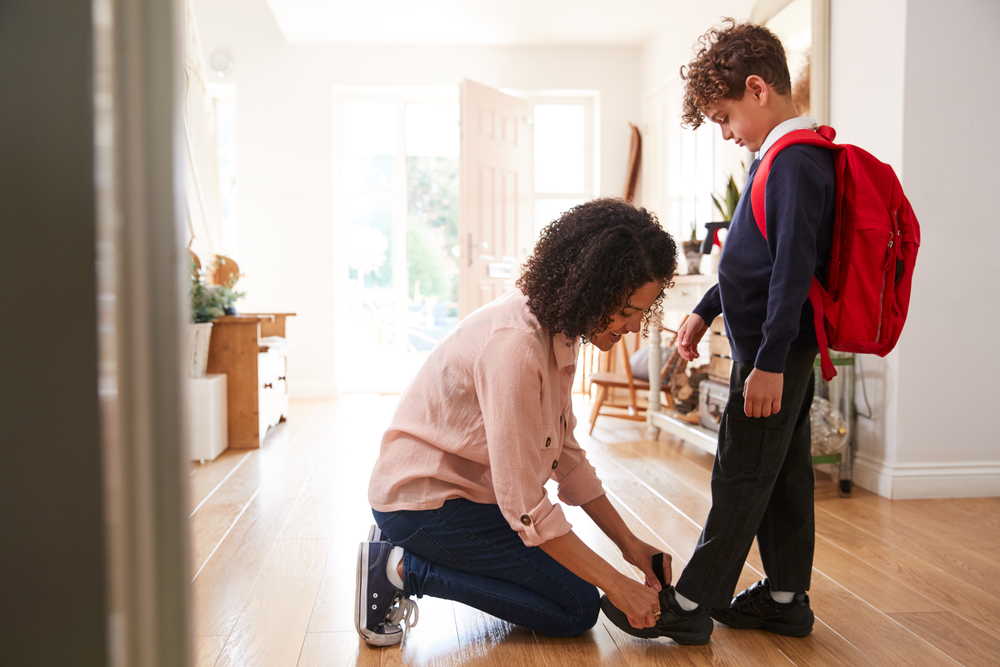Bullying causes scars we cannot see, however remain for life.
Just because they are not visible to the eye doesn’t mean they do not exist.
They are real, very real and as a result of immeasurable pain and suffering.
In Part 1 we addressed the challenges children face when combining smart phone addiction and bullying. 24/7 exposure to Snapchat, Facebook, Instagram, Instant Messenger, Twitter can make it difficult for children to escape coupled with social pressures and increased public exposure.
Challenges we have not grown up with and may find hard to relate to and understand.
In Part 2 we are fortunate enough speak again to Jo Lamble, Channel 7’s Resident Psychologist, on tips how to change the psyche, perception and status of bullies.
Just like the King-hit become the coward’s punch let’s show them that bullying is an act of the weak
“People who love themselves don’t hurt other people.
The more we hate ourselves, the more we want others to suffer”
~Dan Pearce
- Q: A lot of bullies on line are anonymous, this means victims avoid facing their bullies. Do you have any tips on how to overcome struggles of anonymous bullies?
A: The main tip is to try not to friend strangers on social media.
And if you get bullied by strangers, try to understand the mindset of the bully – they want to feel powerful and they a buzz from putting other people down.
They love to get a reaction and that makes them bully more.
People with high self-esteem are not bullies.
So the people tormenting you don’t feel good about themselves and have adopted a really toxic way to make themselves feel better.
- Q: What types of positive behaviours should we be supporting in the school yard to encourage positive social behaviour?
A: Any activities that promote team building and supporting one another.
Mixing up friendship groups in team challenge.
Rewarding helping behaviour rather than always acknowledging the best in sport or academia.
Emphasise the need to stand up for others. Praise anyone who does not stand by and let someone else be bullied.
- Q: Do you find girls fall victim to bullying more than boys?
A: Both girls and boys can be the target, but I do hear more stories about girls being the subject of online bullying – particularly about their looks.
- Q: What tips do you have to teach kids how to handle bullying themselves?
A: It’s a good idea to talk to your kids about good comebacks to give to the bully to show that they are not affecting you (even if they are).
e.g. Seriously, you think the colour of my hair is something to tease me about!
e.g. Yes, I am on the short side – that’s genetics for you.
Importantly, teach your kids to help their friends or even acquaintances who may be the target of bullying
e.g. Do you seriously think you’re cool picking on him?
- Q: It’s not enough to say, block your bully or delete your account, any tips what children should do from a psychological perspective?
A: As I said above, try to understand the reasons for why a bully bullies – that makes it about them, not you.
- Q: Do you think we need better support systems in schools i.e monitors, a buddy up system (say someone who’s a min of 2 years older than them)?
A: The best support system in my view is when there are vertical tutor groups in high school.
In other words, when there are kids from each year 7-12 in a group that meets regularly each week.
If a child in year 8 can tell the child in year 11 or 12 that they are being bullied, that makes them feel like someone has got their back & it’s far easier than telling a teacher.
The older child can then approach the bully (in a non-threatening way) and tell them to stop trying to intimidate their “mate.”
- Q: What can we do to educate children to show them, this is what victims go through and how it affects their families? So they can understand what they go through?
A: By encouraging victims to speak up and tell their stories and covering the topic as often as we can.
- Q: Do you think we need to change the dynamic of the system at the moment?
A: One of the main changes I think we need to make is to try to wind back the clock a bit and instead of increasing the use of technology in our schools, we need to increase the team building and peer support in our classrooms and playgrounds.
We need to devise ways to make it cool to stand up for a mate and not be a bystander.
Please share your thoughts and tips on how else you believe we can make lasting change to make bulllying un-cool.
For more great tips from Jo Lamble visit www.jolamble.com
You might also like to read:
Part 1: Support for Parents of Children being Cyber Bullied
Choosing the right school for your child









